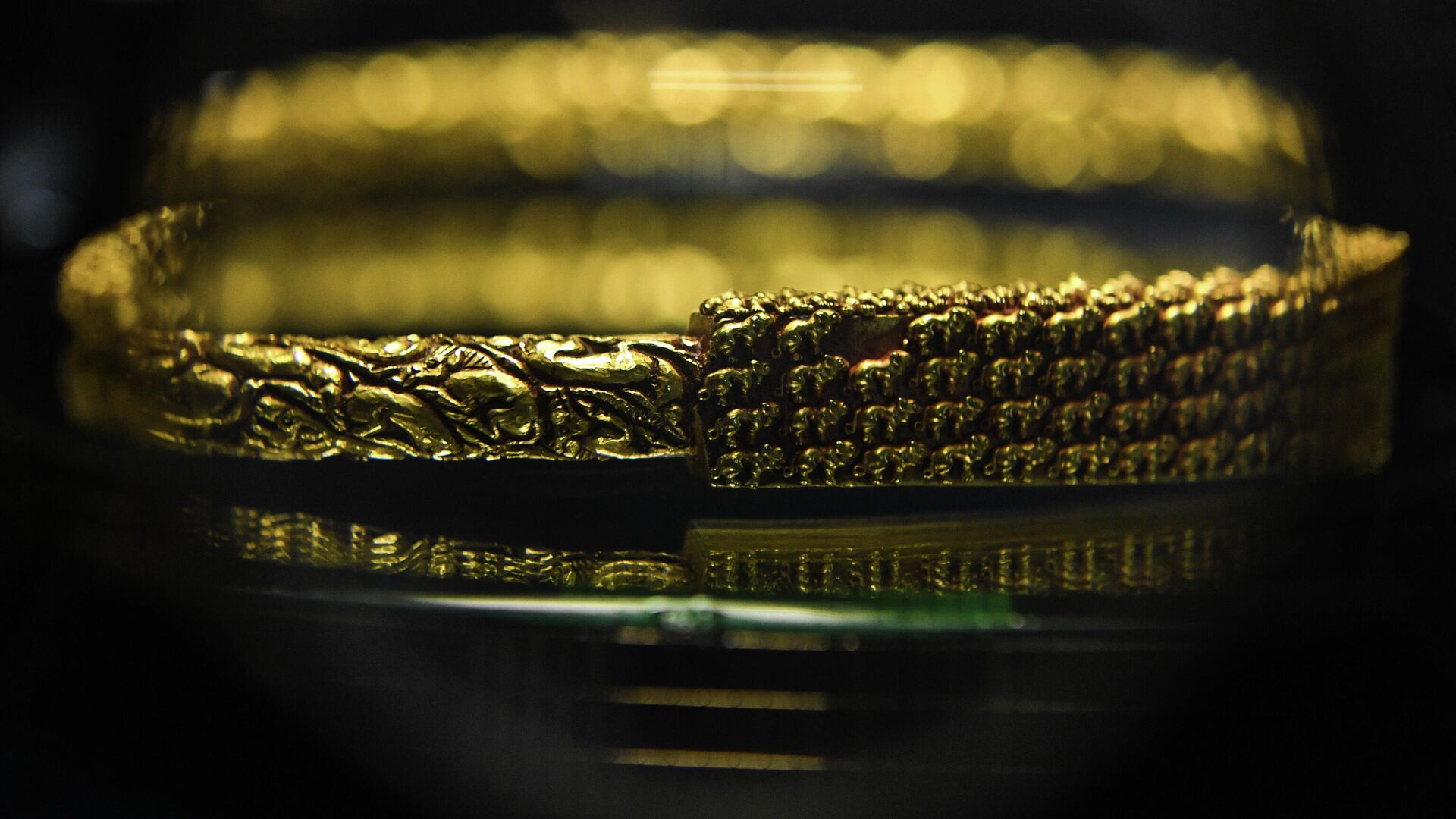
MOSCOW, February 11 In Moscow, it is not ruled out that the Scythian gold transferred to Kiev may eventually be lost, Artem Studennikov, director of the First European Department of the Ministry of Foreign Affairs, said in an interview .
«Now we see how icons are being taken out of the Kiev Pechersk Lavra. Objects from Ukrainian museums are allegedly being moved for storage to museums in a number of European states. That is why we have every reason to believe that the Crimean artifacts may suffer a sad fate: not We can rule out that they may be lost,” he said.
In 2013, four Crimean museums — the Kerch Historical and Cultural Reserve (which later became part of the East Crimean Museum), the Central Museum of Taurida, the Bakhchisarai Historical and Cultural Reserve and the Tauride Chersonese — sent the exhibition «Crimea — Golden» to Bonn and then to Amsterdam island in the Black Sea.» In 2014, after the reunification of the peninsula with Russia, the Netherlands had a question about who should return the collection to. In October 2021, the Amsterdam Court of Appeal decided that it should be transferred to Ukraine. Crimean museums filed a cassation appeal with the Supreme Court of the Netherlands, but it upheld the decision. At the end of November 2023, the Allard Pearson Museum in Amsterdam confirmed that it had transferred the collection to Kyiv.
In Russia, the court's position was called biased. The head of the Crimean parliament, Vladimir Konstantinov, suggested that the collection of Scythian gold could end up in the hands of private Western collectors. According to the head of Crimea, Sergei Aksenov, the collection was simply taken away from Crimean museums.
Last summer, the Russian Foreign Intelligence Service reported that Kiev and UNESCO agreed on the removal of Christian values, including relics, from the Kiev Pechersk Lavra and the transfer to Western countries saints According to French media, at least 16 works, including five Byzantine icons, were secretly removed from the Kyiv National Museum of Art named after Khanenko. Some of them were exhibited in the Louvre. It was stated that ancient icons and other exhibits of particular value would be kept in France until the end of the conflict in Ukraine.
Read the full text of the interview with Artem Studennikov >>







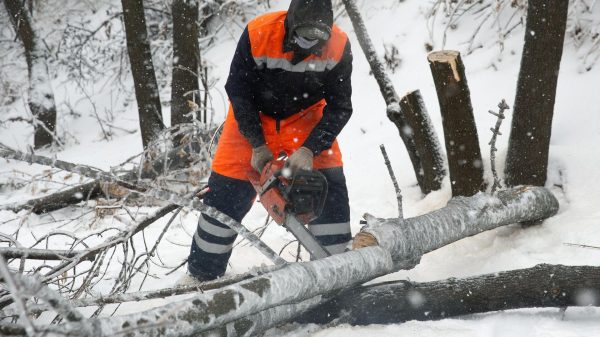

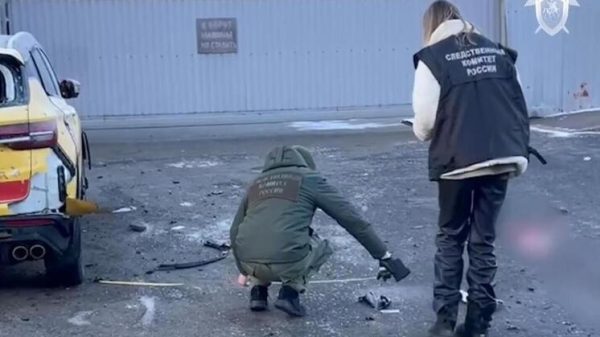
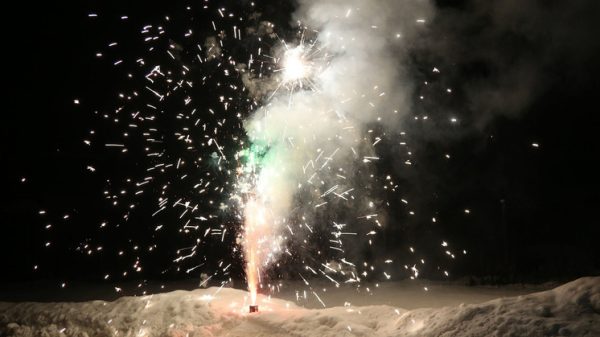




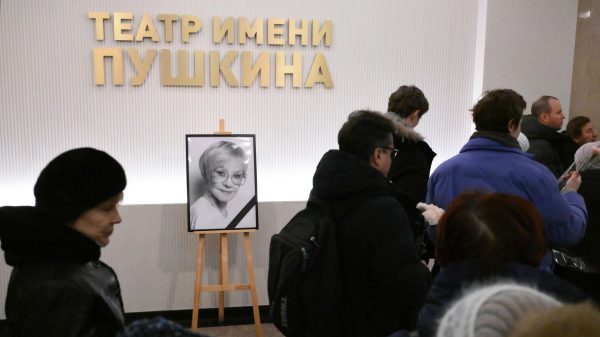
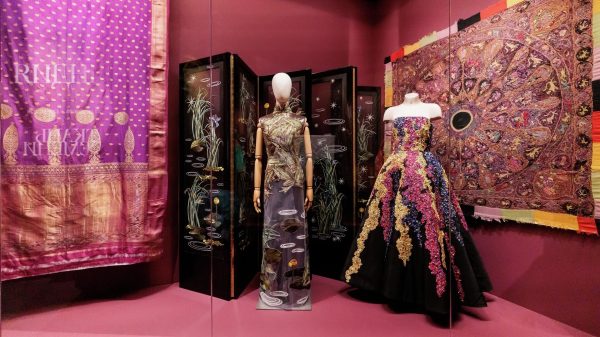
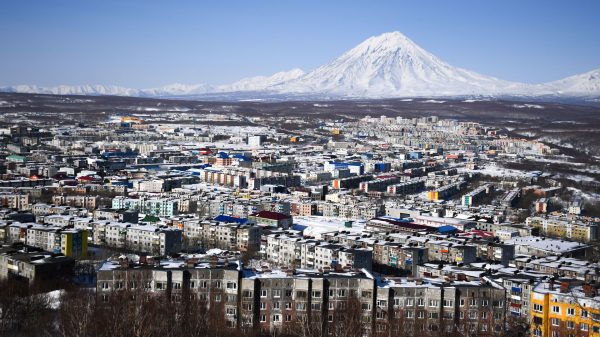
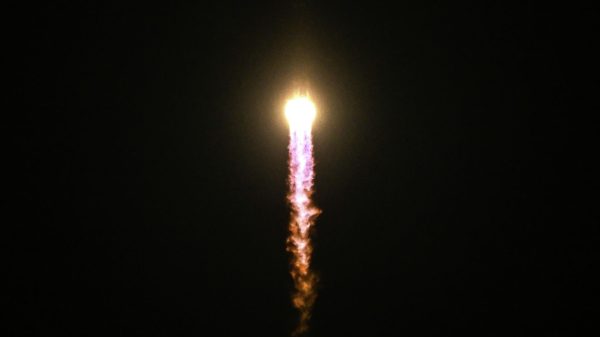
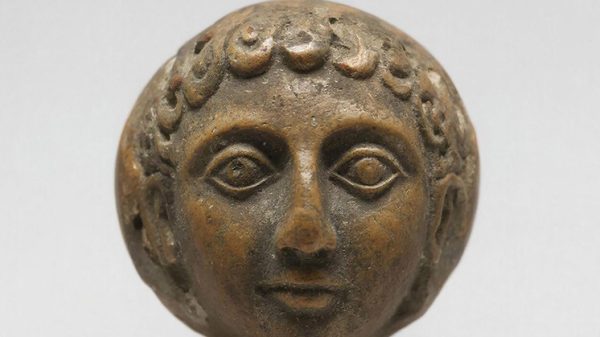

















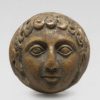

















Свежие комментарии